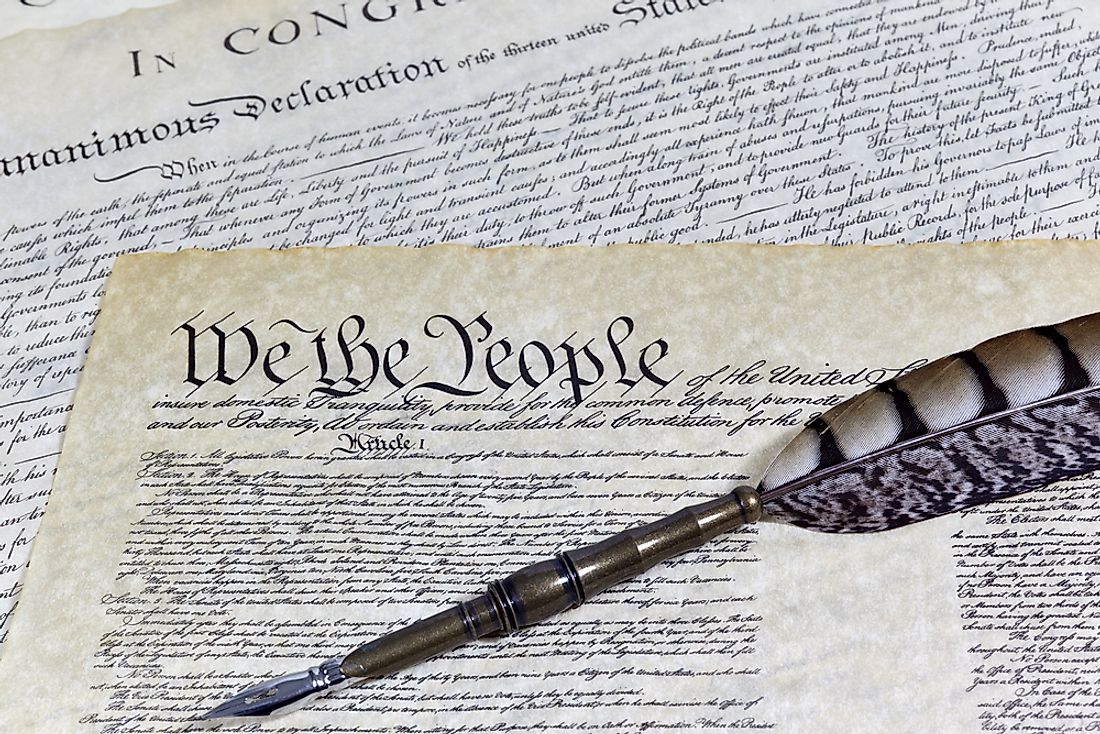What is a Manifesto?

In a world that is constantly becoming more sophisticated and political with agreements every other day, the use of manifestos continues to grow as societies acknowledge their importance. The word "manifesto" originated from the Latin word "manifestum", which Italians later modified and called manifesto to mean “clear” or “conspicuous.” A manifesto is a written public declaration of intention, goals, policy, views, and approaches written by a politician, political party, organization, movement, or government to a specific constituency of people. Manifestos introduce and promote ideas of the author to the people and therefore enables people to relate with the issuer in a specific way. A creed is an example of a religious manifesto.
Importance of Manifestos
Political manifestos are documents of accountability that market and outline visions of the candidate or party to the electorate. They enable the voter to make an informed choice and have a scorecard after the party/candidate assumes office. These documents also show the party/candidate ideology and position on issues of interest in addition to acting as a moral contract between the party/candidate and the electorate. However, the importance of political manifestos has attracted debate with many questioning the essence of it since a good number of manifestos have proved to be over-ambitious in relation to the national needs and aspirations. Just like political manifestos, other manifestos like organizational or movement manifestos bind the issuer to the scrutiny of the receiving population. Personal manifestos help individuals conduct a “deep scan” of themselves, looking at their history to plan for a purposeful future after which he or she will have an opportunity to evaluate progress.
Examples of Manifestos
There have been many notable manifestos in the world spanning centuries. One of the earliest was The Baghdad Manifesto of 1011 against an Islamic sect. Some other examples are the US Declaration of Independence (1776), The Declaration of the Rights of Man and Citizen (1789), Karl Marx’s The Communist Manifesto (1848), The Fascist Manifesto (1919), The Humanist Manifesto I, II and III (1933, 1973, 2003), The Romantic Manifesto (1969), Muammar Gaddafi’s The Green Book (1975), The Hacker's Manifesto (1986), The UNESCO Public Library Manifesto (2001), The History Manifesto (2014), and The Leap Manifesto (2015), among many others.
Declaration of Independence
The US Declaration of Independence (1776) is a good example of a timeless manifesto that built the foundation of the country. Written by Thomas Jefferson and adopted by the Second Continental Congress, this declaration is the reason British colonies pursued sovereignty. From the preamble, the document explains that all men were created equal with rights that no authority have the right to take away. Specifically pointing out the rights to life, liberty, and the pursuit of happiness, the document explains that people can overthrow any government that cannot assure them the rights and form one to protect their rights. Coming from a bad experience of abuse from the King of Great Britain and extravagant taxation, and after several failed diplomatic measures to resolve the issues, colonists had no choice but to declare independence and form a new nation, the United States of America with a government that resolved disputes peacefully and partnered with other nations in trade. The Declaration of Independence is such an important document in US history that it is quoted often in government institutions and many important functions as a reminder of the US’s commitment.







